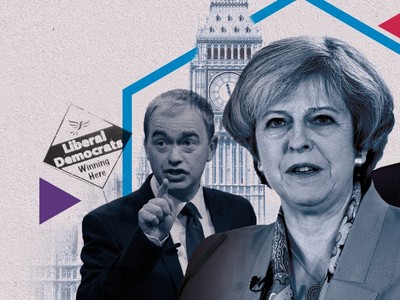What would Her Majesty’s have said if told that the complex models used by most economists took no account of the financial sector or money? Yet such is the case with the New Keynesian “Dynamic Stochastic General Equilibrium” models used by virtually every Treasury and Central Bank. As Paul Krugman said in 2010, “Given the prominence of debt in popular discussion of our current economic dif culties and the long tradition of invoking debt as a key factor in major economic contractions, one might have expected debt to be at the heart of most mainstream macroeconomic models... Perhaps somewhat surprisingly, it is quite common to abstract altogether from this feature of the economy.”
With falling peaks in inflation and unemployment, mainstream economists basked in “The Great Moderation.” Most predicted a glorious 2008 and scoffed at ideas of a recession. Not long before, Federal Reserve Chairman Ben Bernanke said that “recessions have become less frequent and milder.”
Professor Steve Keen – one of the rare economists who sounded a pre-crisis alarm – points out that as well as ignoring finance and money, these computer models work on the theory that economies always return to “equilibrium,” whatever shocks or storms they encounter. Maverick economist Hyman Minsky disagreed, reckoning capitalist economies will always be “prone to booms, crises, and depressions.” He realised the importance of debt and the long-term tendency to accumulate too much over a number of cycles, with tranquil periods causing a rise in expectations and growing leverage.
Keen, a Minsky fan, says, “Once an economy has a substantial level of private debt to GDP,and that ratio is growing faster than GDP, then a stabilisation of the ratio will cause a serious recession, even without any reduction in the rate of GDP growth.”
In his new book, “Can We Avoid Another Financial Crisis?” Keen says, “Credit is the cause of both the booms and the slumps of the global economy, and its smoking gun can be found at the scene of every economic crisis.” Excess private debt leads to economies becoming “Debt Zombies” with lowered demand and growth. This, Keen says, is the real cause of the post-GFC economic stagnation.
The example of Japan, whose bubble economy crashed in 1990 with private debt at 208% of GDP, should have been heeded. When credit stopped growing, says Keen, so did Japan. “With credit either falling or negative, a vital source of demand disappeared. Every attempt to reduce debt... reduced expenditure by as much, leaving the ratio of private debt to GDP stuck at a debilitatingly high level.”
Several other countries later stimulated growth with credit, including the USA and the UK, and have become Debt Zombies.
Some economies are STILL doing it and heading for zombification, including Australia, Ireland, South Korea, Canada and, most importantly, China. China’s private debt to GDP ratio, 120% in 2008, is approaching 250%. It takes 13 yuan of new debt to generate one yuan of growth. “The growth of debt at this rate and from this level cannot be sustained, even in what is still in large measure a command economy. Those counties which, like China, have become hooked on credit... face the junkie’s dilemma, a choice between going ‘Cold Turkey’ now, or continuing to shoot up on credit and experience a bigger bust later.”
According to the institute of International Finance, global debt has reached $217 trillion, a record 325% of world GDP.
As for the UK, private sector debt, 186% of GDP in 2009, is 161% and rising. Unsecured credit card debt has just hit a record £67 billion. The average UK household now owes £13,000. There are £12bn of new student loans (at 3% over RPI) each year; the total is forecast to surpass £100bn next year and reach £330bn by 2050. 90% of new cars are bought on Personal Contract Plans. But the drivers don’t own the vehicles and there are heavy penalties for cancelling early; a negative equity diesel “time bomb” is looming. And our companies understandably favour debt over equity; the tax regime actively encourages it.
Many economists may not understand it, but new money is created whenever banks make a loan. The Bank of England confirmed this in 2014 in “Money Creation in the Modern Economy.” Money is easy to create as credit but it’s a lot harder to reign in.
The unconventional monetary policies of ultra-low interest rates and QE may have rescued the banking system but they are now harming the economy. With debt rampant and the consumer pressured by inflation and stagnant wages, the consequences of raising interest rates are severe. Yet keeping rates on the floor is harming productivity, misallocating resources and contributing to wealth inequality. As Jeremy Warner recently said in the Telegraph, “Bad, unproductive and debt-heavy activity becomes institutionalised; newer enterprises get starved of capital and opportunity.”
Puzzled mainstream economists call today’s moribund economies the “new normal.” Should we not listen to those mavericks who foresaw the GFC and who worry that we’re caught in a zombie trap from which we can’t escape until we understand and find a way to reduce excessive private debt?
For a generation we have encouraged economies to grow through debt. Hard though it will be, interest rates must start a slow climb back to more sensible levels, favouring saving and making debt less attractive. With more QE surely unthinkable (and ineffective), if the MPC does nothing, the next time a crisis hits, they will find no ammunition in the locker. And then we will see what a REAL debt crisis looks like.



